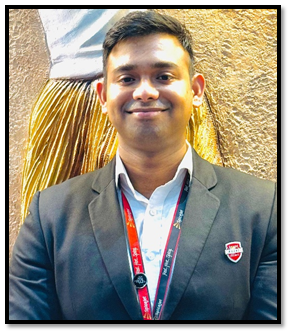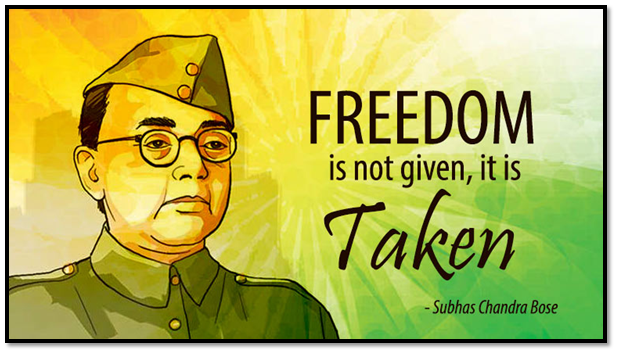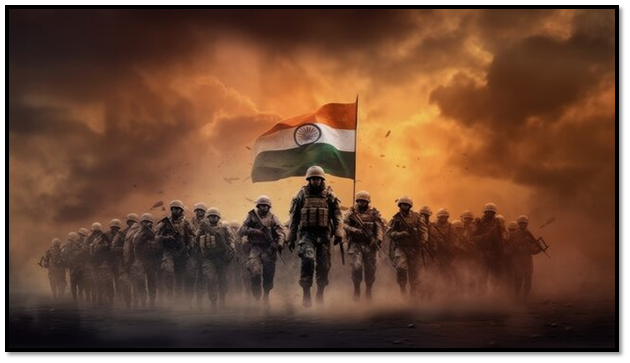Republic Day: A Celebration of Freedom, Unity, and Democracy
Republic Day, celebrated annually on January 26, is one of the most significant national holidays in our country. It marks the day when the Indian Constitution came into effect in 1950, making India a sovereign republic. This historic event followed years of struggle for independence from British rule and the adoption of the Constitution was a pivotal moment in India’s journey toward democracy and self-governance.
Before January 26, 1950, India was a dominion under the British monarchy, with its own constitution that was heavily influenced by British rule. The demand for a new constitution was raised by leaders such as Dr. B.R. Ambedkar, who chaired the drafting committee. After years of deliberations, debates and careful drafting, the Indian Constitution was adopted on November 26, 1949. However, it came into force on January 26, 1950, replacing the Government of India Act 1935 and India officially became a democratic republic.
January 26 was chosen as the date because it held historical significance as the day when the Indian National Congress declared the Purna Swaraj (complete independence) in 1930, signaling a commitment to freedom from British colonial rule. The adoption of the Constitution on this date symbolized the fulfilment of that promise.
Republic Day is celebrated with grandeur and patriotism across India, but the main festivities take place in the capital city, New Delhi, at the Rajpath (a grand boulevard), where a spectacular Republic Day parade is held.
1. Republic Day Parade
The most iconic feature of Republic Day celebrations is the Republic Day Parade. Held on January 26 every year at Rajpath, New Delhi, this parade is a symbol of India’s military strength, cultural diversity and rich heritage. The parade begins with the President of India, who is the chief guest of the occasion, hoisting the national flag and delivering the Republic Day address. The flag hoisting ceremony is followed by the parade, which displays:
- Military Display: Various divisions of the Indian Armed Forces, including the Army, Navy and Air Force, participate in the parade, showcasing their impressive drills, weaponry and equipment. The Air Force also conducts an aerial display, featuring flypasts by fighter jets.
- Cultural Displays: Diverse states and regions of India participate in the parade by displaying their unique cultural traditions, folk dances, music and handicrafts. This section highlights the rich cultural diversity and unity in diversity of the nation.
- Tableaux: Floats representing different states and government ministries display models of cultural heritage, progress and achievements, as well as historical landmarks.
- Award Ceremony: Brave soldiers, police officers and civilians are awarded for their gallantry and distinguished service. The Padma Awards (Padma Vibhushan, Padma Bhushan, Padma Shri) are also presented to individuals who have made significant contributions to society.
2. Flag Hoisting and Ceremonies
Across the country, state capitals, schools, government buildings and private institutions organize flag hoisting ceremonies. The national flag is unfurled, followed by the singing of the national anthem, Jana Gana Mana. In many places, there are cultural performances, including dance, music and drama that highlight India’s history and unity.
3. A Day of National Pride and Reflection
Republic Day is also a time for people to reflect on the importance of democracy, freedom and the rule of law. Schools and colleges hold programs that include speeches, poetry recitals, and discussions about the Constitution and the nation’s progress. Public buildings are illuminated and patriotic fervor is evident everywhere, from the streets to the homes.
Republic Day is a day of national pride and unity. It is a celebration of the Constitution of India, the value of democracy, justice, equality and freedom enshrined in it. It is a reminder of the struggles faced by India’s freedom fighters and the sacrifices made to secure independence. The occasion also highlights the importance of citizenship and the responsibilities of individuals in a democratic society.
The day also underscores the remarkable progress India has made as a democratic republic, particularly in areas like economic development, social welfare, education and healthcare, while celebrating the rich cultural diversity of the country. India’s Republic Day is not just a national holiday, but also a celebration of the country’s democracy, unity and the rule of law. The day serves as a reminder of the significance of the Indian Constitution, the sacrifices made during the independence movement and the values that continue to guide the nation. Whether it is the grand parade in New Delhi, the flag hoisting at local schools or the cultural programs across the country, Republic Day fills every Indian heart with pride and patriotism. It is a day to honor the past, celebrate the present and look forward to a future built on the principles of justice, equality and liberty.
By: Mr. Rajat Das (Security In-Charge – Port Blair)




